The year 2018 saw the release of one of the most disturbing and depressing movies of the last couple of years: the British psychological horror movie Possum. It is horror in the truest sense of the word: deeply disturbing, shocking, and nasty. To hear the Possum movie explained, it may just make one go mad.
“Mother, Father, what’s afoot?
Only Possum, black as soot.Mother, Father, where to tread?
Far from Possum and his head.”
It affects viewers in several (negative) ways, showcasing an unmatched ugliness of putrid human behavior. It uses an oppressive unescapable atmosphere that matches the psychological unease and trauma of the main character. So be warned: this is not a fun “Friday night out” film with your date. Leave the popcorn at home and bring the anti-depressants instead. But it is well worth it. Why?
Creepy Puppets and Spiders: The Possum Movie Explained
It tells the story of troubled Philip, who works as a puppeteer. Because of an ‘incident’ (we never find out what exactly happened) he is out of work and returns to his old hometown: a rundown, decaying and extremely ugly environment. In his family house he discovers that his only remaining relative is still living there: ‘uncle’ Maurice. The tension between Philip and the utterly dislikable Maurice is very palpable. It is clear that they have had a troubled past together.
Look at Possum, there he lies.
Children, meet his lifeless eyes.See his nasty legs and tongue.
When he wakens, watch him run.
But Philip has a “secret” that he hides in a big brown bag that he always carries with him. Inside is a hideous puppet called “Possum”: a self-build marionette resembling an expressionless face mask with spider legs. Philip wants to get rid of Possum. He tries to throw it away, to bury it, as well as drowning and burning… but the puppet always returns. It is not very clear if there is something supernatural about the doll, or if it all just part of Philip’s imagination and distress.
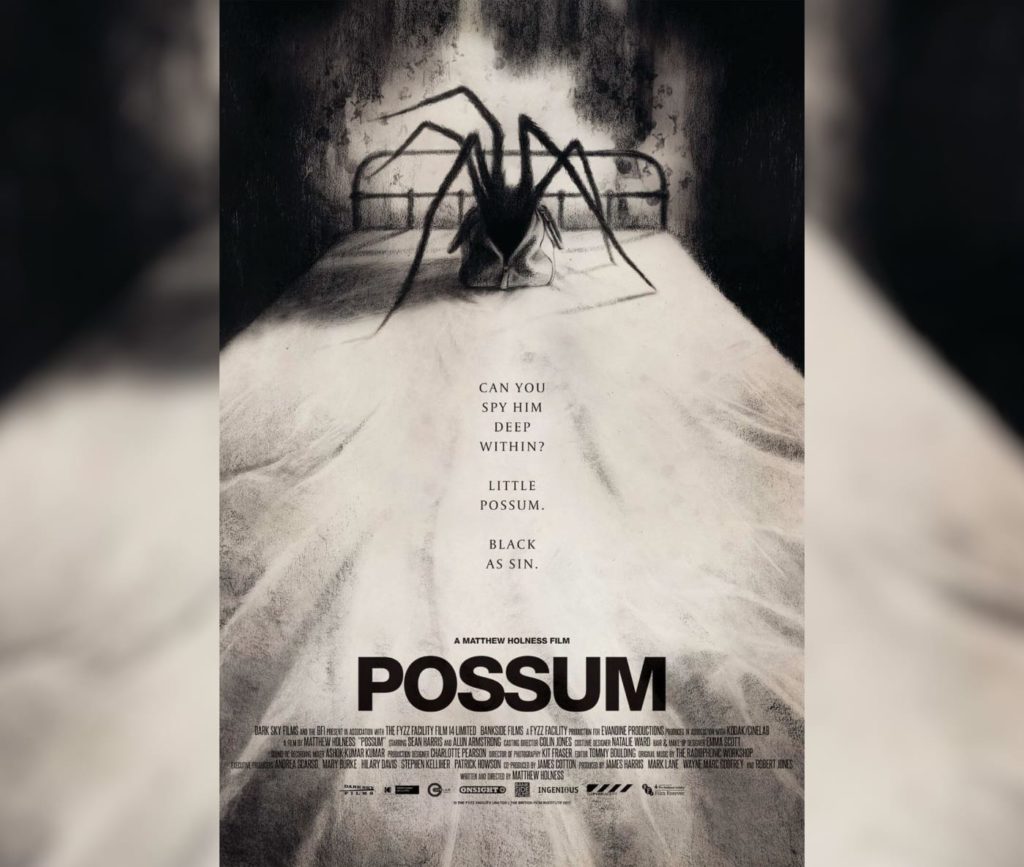
When a teenage boy goes missing, the police, the community and – more importantly – we as viewers start suspecting Philip. We have seen him encounter the same boy before on the train on his way home. Philip is clearly a very troubled soul haunted by a traumatic past – the once abused often become the abusers. Finally, he suffers from memory lapses. And because the whole filmic narration is focused on him, this makes him an extremely unreliable narrator: we don’t know if he can be trusted.
There isn’t much more to the plot of this film, most of its power is in its atmosphere, acting and mood. The story does lead however to a very powerful, logical, and fulfilling climax: an ultimate moment of deep unsettlement followed by a great emotional release and resolution.
But who made this cinematic nightmare, and where did it originate?
Uncanny Origins of Possum
Possum was written and directed by Matthew Holness. In the UK he is mostly well known for his work in comedy as an actor and writer / director. In some ways this is even obvious in the movie Possum. It’s a movie so depressing, grotesque, and exaggerated in its misery while still maintaining a subtle balance between horror and the comedic. This showcases Holness’ skill as a (very confident) director, and I’m sure he will surprise us in the future with even greater and more disturbing horror films.
Here’s a bag, now what’s inside?
Does he seek or does he hide?Can you spy him, deep within?
Little Possum, black as sin.
The origins of Possum shed another light at its menacing power. Holness wrote a short story of the same name in 2008. It was part of the horror anthology The New Uncanny. Tales of Unease by Comma Press. The format of the anthology is nothing special in the world of literary horror. Most anthologies focus on a common theme. There are for example anthologies about flight-based horror, cursed films, birds, the subway, social and economic injustice and so on.
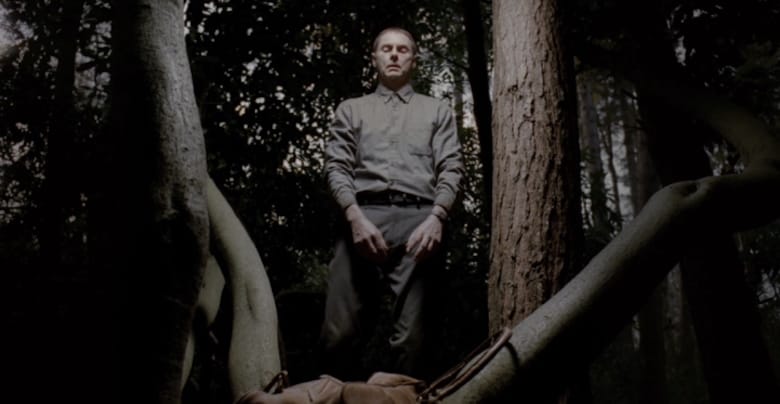
Unique in this anthology is that it has a different approach: it took a theoretical concept – the uncanny – and invited authors to use this as an initial source of inspiration. The uncanny is mostly known by an article written by Sigmund Freud in 1919 called “Das Unheimliche” which literally translates as “the unhomely”. This article has been very influential in our culture, and the concept of the uncanny has been consequently adapted by fields as art theory, literature, architecture, and robotics. An in-depth study describing the appropriation and changing content of the uncanny can be found here.
“The new uncanny” editors sent out Freud’s text to numerous authors (which included Ramsey Campbell, Christopher Priest, and Hanif Kureishi) and asked them to actively use it as an source of inspiration. And finally they had them pick one uncanny-specific fear as a center of their story.
But what is this uncanny stuff?
The Unknown in the Familiar
The uncanny is a feeling one can experience in real life or when watching or reading books, film, art, and so on. It arises when one experiences something which is at the same time familiar and strange. This causes a feeling of uncertainty and unease, closely associated with horror and dread. Classic examples of uncanny moments and objects are “déjà-vu, time-loops, repetitions, doubles, twins, doppelgängers, ghosts, moving paintings, never-ending staircases, and living dolls” as explained in this book.
Bag is open, growing wider.
What’s inside it, man or spider?Little boy, don’t lose your way.
Possum wants to come and play.
Holness combined two fears: the fear of dolls and the fear of the double. In the short story the character of Philip constructed the puppet as a double of himself, using roadkill to do so. No one will doubt the clearly disturbing uncanny look of Possum. On one hand it is familiar (a mask, a face, a doll) but on the other it is so strange, unknown and threatening. Is it alive? Can it be alive?
— FOUNDATIONS OF HORROR —
Further explore these subgenres & tropes. more>>
#Animals are Scary | #Psychological horror

In his essay Freud goes on to explain the origins of the uncanny in true psychoanalytic fashion. As an infant and child, we each had several “old beliefs” that we have since repressed. Beliefs like the omnipotence of the mind (telekinesis), the denial of death, the existence of magic. So for Freud the uncanny “is in reality nothing new or alien, but something which is familiar and old-established in the mind and which has become alienated from it only through the process of repression. As soon as something actually happens in our lives which seems to confirm the old, discarded beliefs we get a feeling of the uncanny.” This is the classic view of horror as return of the repressed. Most modern theoretical uses of the uncanny however drop this psychoanalytic reading and focus on a more general approach.
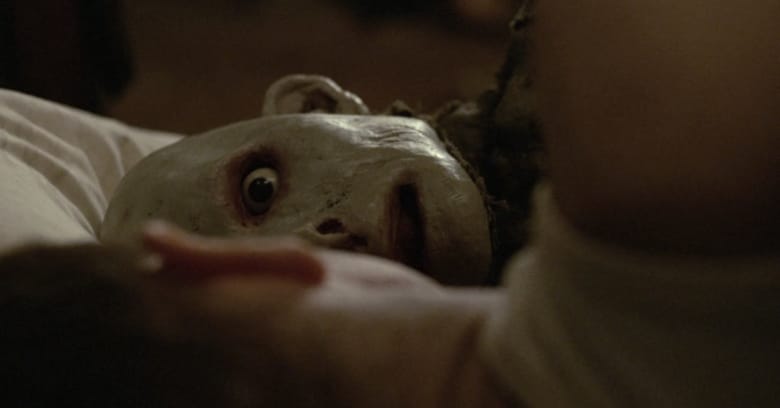
But whether anyone adheres to Freud’s thinking (or the updated contemporary psychoanalytic critical theory) or not, this film remains a deeply disturbing and interesting horror film. While hearing the Possum movie explained brings about some unique potential psychoanalytic perspectives.
And if you’re interested… Holness recently released a new short story in a new theory-inspired anthology by the same publisher: “The New Abject”, based upon the concept of the abject by Julia Kristeva.
But let’s talk about that one later…
Additional Links:
The Unseen Terror of Possum
Andy Murray in discussion with Matthew Holness on Possum
Last Updated on April 9, 2021.

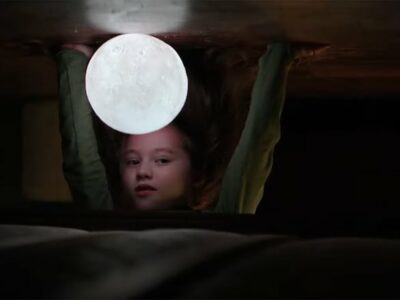

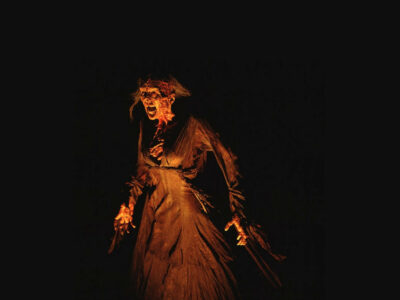
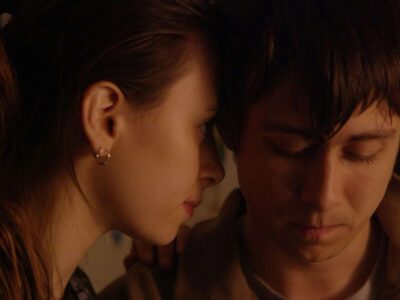

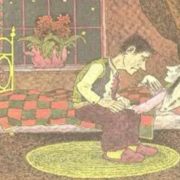








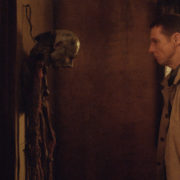

Comments